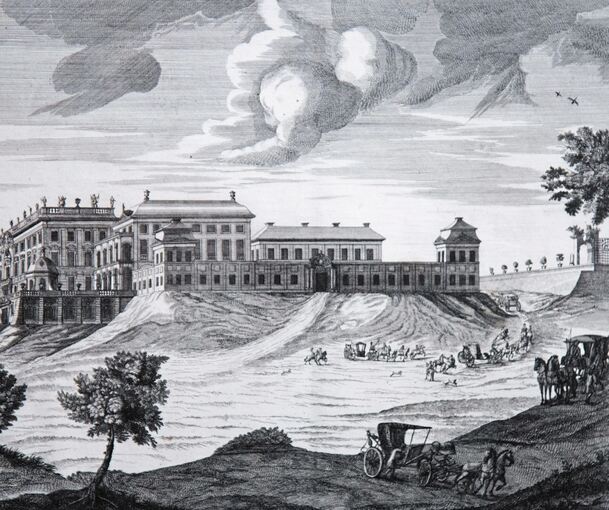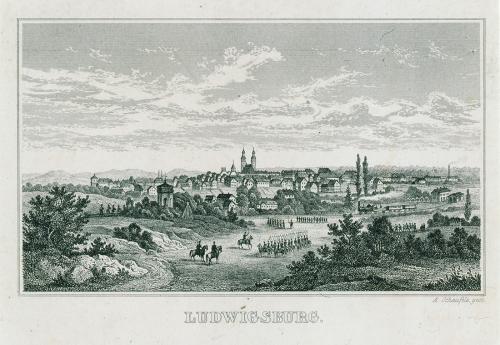
Wow, @dw_culture, another building I can talk about - the Grabkapelle! Now here's a building with a story they don't necessarily tell you...
https://twitter.com/dw_culture/status/1341655532315164675
King Wilhelm of Württemberg was a beloved king, modernising his realm, including helping it survive 1816, the 'Year Without A Summer', when Mt Tambora's eruption lead to famine across Europe.
He was also athletic, and had a killer moustache, unlike his predecessors...
He was also athletic, and had a killer moustache, unlike his predecessors...

Wilhelm was married to Catharina Pavlovna Romanova, daughter of the Russian Tsar, Paul I.
It was both a strategic marriage, and a love match, for a time...
It was both a strategic marriage, and a love match, for a time...

Catharina and Wilhelm were a very popular couple with the subjects of the Kingdom of Württemberg, and Catharina was hugely into charity.
There's a hospital and a school she founded still in Stuttgart....

There's a hospital and a school she founded still in Stuttgart....


However, Wilhelm had a problem. He couldn't keep little Wilhelm in his pants. This is somewhat of a tendency of the House of Württemberg.
In January 1819, Wilhelm was carrying on with Blanche de la Flèche, an Italian noblewoman. Catharina confronted him about it...
In January 1819, Wilhelm was carrying on with Blanche de la Flèche, an Italian noblewoman. Catharina confronted him about it...
Following the confrontation, Catharina, wearing only a thin dress, followed Wilhelm as he went to see Blanche at Scharnhauser Park, not far from where I live.
There was another confrontation, and Catharina headed back to Stuttgart in her carriage...
There was another confrontation, and Catharina headed back to Stuttgart in her carriage...

It was a wet and cold night, however, and Catharina had become drenched in the rain.
She was already Ill, and developed the flu. A sore on her mouth also became very infected, leading to a stroke. She died on 9th January 1819.
She was already Ill, and developed the flu. A sore on her mouth also became very infected, leading to a stroke. She died on 9th January 1819.
Wilhelm was so bereft at the sudden death of his wife, and so ashamed of his behaviour (it was pretty much common knowledge how much of a philanderer he was) that he had the last remnants of the 'Württemberg', his ancestral castle torn down, at Rötenberg, near Untertürkheim...
In its place, between 1820 and 1824, the built a funeral chapel, the 'Grabkapelle', where Catharina was interred.
Russian Orthodox services are still held there...

Russian Orthodox services are still held there...


When you go there, however, and see the inscription that reads 'Die Liebe höret nimmer auf' - 'Love never stops', just take a moment to consider why the Grabkapelle was built in the first place. /FIN 

• • •
Missing some Tweet in this thread? You can try to
force a refresh









